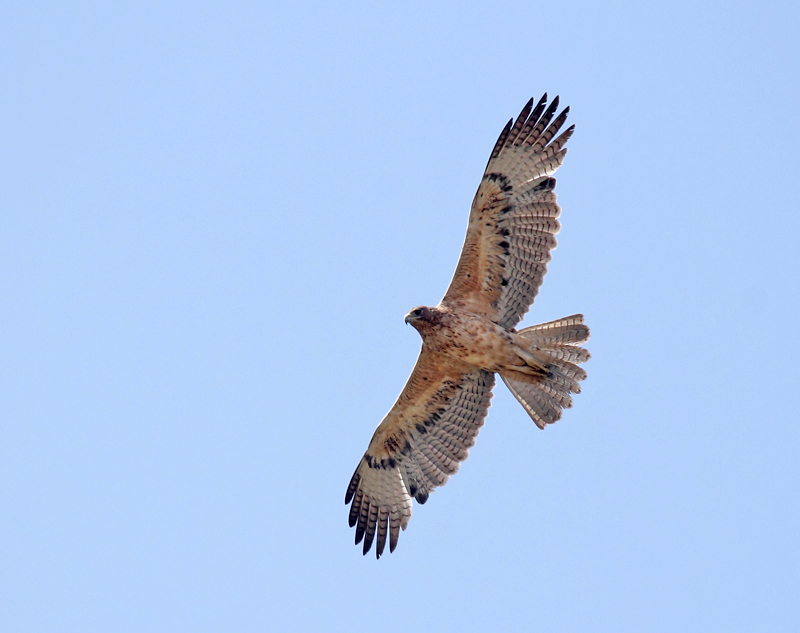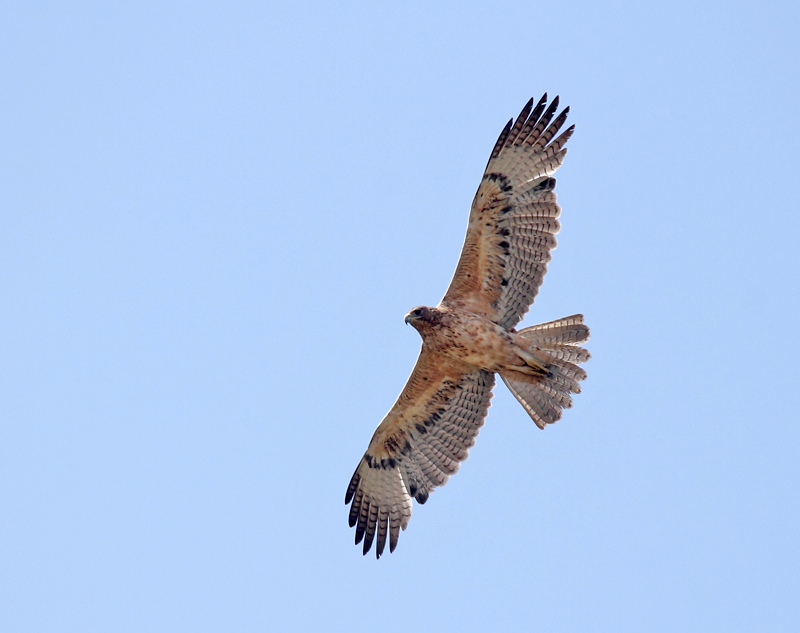Sophia Akiva
Some hold the belief that humans were made in the image of an omnipotent being, while others consider us to have adapted through evolution to become the dominant species on our planet. The debate between these views is best left for another time, but for a species that has no natural predators, can survive on all seven continents and has built technologically advanced civilisations, our sense of superiority over our four-legged cousins is well justified. Yet still we yearn for more, imagining superheroes with inhuman abilities and senses, taking inspiration from the very creatures we consider to be less than us. Our brains may be better developed when it comes to reason and logic, and that in itself can be considered a superpower, but the animal kingdom is filled with creatures that have brilliant powers of their own.
First of all, let us consider eyesight. Human vision is very advanced and adapted perfectly to the peak wavelength of sunlight we receive through the atmosphere, however as soon as the Sun sets we are left at a disadvantage. Animals like tarsiers on the other hand, are not. These tiny adorable creatures are also deadly predators, being the only primates to be fully carnivorous, and responsible for this are their super-sensitive eyes.
Unlike other nocturnal creatures, tarsiers do not have a reflective layer behind their retinas and so are unable to bounce faint light through them twice in order to absorb it. To compensate for this, their eyes have grown to colossal proportions relative to their small body size, with each eye being approximately the same size as the brain, which itself has grown large in areas responsible for processing all the visual information thus received. As well as turning these little mammals into perfect hunters, their incredible sight is also used to traverse the canopies in the night and to defend against predators, who are often attacked by one or more groups of tarsiers upon being detected.
The animal most famous for having incredibly powerful eyesight is the eagle. Not only can they see much further than a human but the images their brain interprets are of higher resolution due to a greater number of light-sensing cone cells within the retina. The range of light frequencies they can detect extend beyond visible light and into the ultraviolet, an ability that is also shared by a completely different creature, the mantis shrimp. This crustacean can show off an even more impressive eyesight than its feathered peer, with up to 16 visual pigments compared to five in the eagle and our own measly three.

Image Credit: Wikipedia
Like the two animals mentioned above, the mantis shrimp also uses its superhuman power to hunt down prey but is different in having the additional ability to identify the polarisation of light it detects through eye movements and distribution of cones. But it doesn’t end there, with their survival resting solely on their vision, these creatures have developed a way to insure it. This comes in the form of binocular vision, which is necessary for many predators, present independently in each eye of the mantis shrimp! So if they ever lose an eye, their depth perception would remain uninhibited. With so many processes going on within the eyes at the same time, the information has to be analysed by the eye itself before being transferred to the brain.
Let us now move onto the super sense of touch, which brings with it an introduction to another majestic predator of the animal kingdom, the star-nosed mole. This mammal is often rudely listed as one of the ugliest animals on Earth due to the tentacles extending from its snout, which are densely packed with sensory receptors and allow it to feel the movement of its prey. This specially adapted snout serves a second purpose of keeping soil from entering the mole’s airways as it burrows through its network of underground tunnels. This habitat has driven the development of such superb sensitivity in one sense, yet has caused the mole to lose almost complete use of another, leaving these animals practically blind.
Another animal that appears to have sacrificed one sense to become the master of another is the snake, however their deafness in a long standing misconception. Although they do not possess sound detectors outside of their body, they are still able to process auditory information from the vibrations they pick up from the ground. This is the same mechanism they use to process their own super sense of touch. Snakes are able to differentiate the vibrations passing into their skeleton from the ground as either sound or mechanical and so the signals are passed through different sensory organs and processed by different parts of the brain. But the magnificence of the serpent doesn’t end there, their sense of taste is also superhuman. The famous forked tongue of the snake not only allows the animal to detect its prey, but also to determine the direction from which it is coming.
The animals discussed here are just a few examples of the vast variety of fascinating creatures that possess incredible sensory abilities, many of which are still currently being researched. We humans are not without our own merits. We may not be able to spot a rabbit from two miles away but we are the only species on Earth to have gazed upon the surface of Pluto – so perhaps our intelligence really is a superpower after all.



